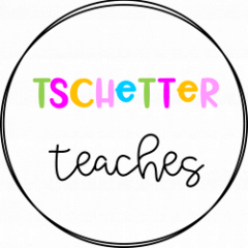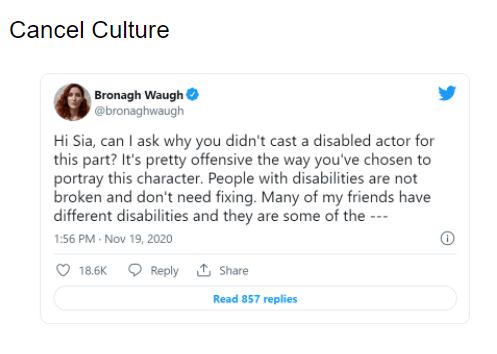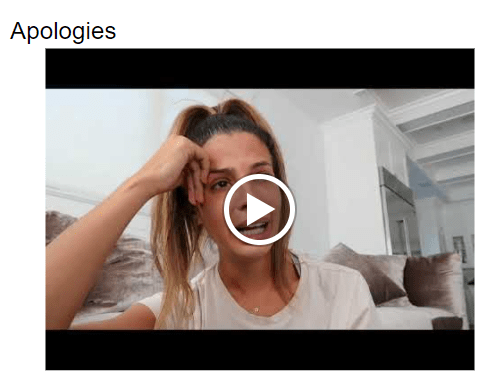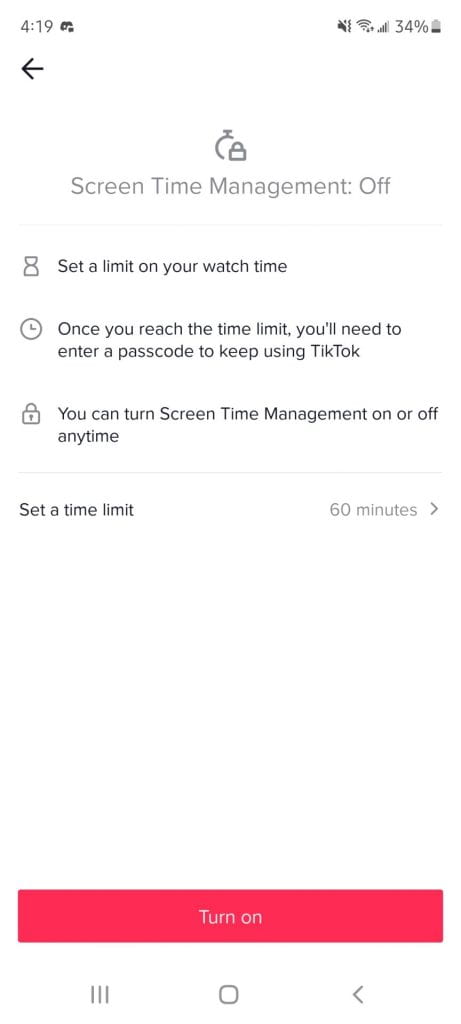Throughout the course I have been blogging about my encounters with Flipgrid and TikTok. I have a smaller update for both of those, but in the last three weeks I have spent a considerable amount of time with Minecraft Edu and Canvas. I decided to include these two for my Major Project. I understand if you relate to TL;DR.
Flipgrid
Flipgrid ended up being integrated into my practice more than I originally planned! When beginning this journey I had pondered Dr. Mike Ribble’s 9 Elements of Digital Citizenship, and used this to build a Digital Citizenship Lesson for Bart’s grade 7/8 class. For this lesson I focused on Element 3: Digital Etiquette and connected that to Element 8: Rights and Responsibilities via discussion about online communities.
Prior to returning to Bart’s class for our scaffolded practice lesson I created some lessons for my EC&I 834 Module for Grade 3 Structures and Materials. In this module I planned and developed scaffolded practice for using Flipgrid to show their understanding.
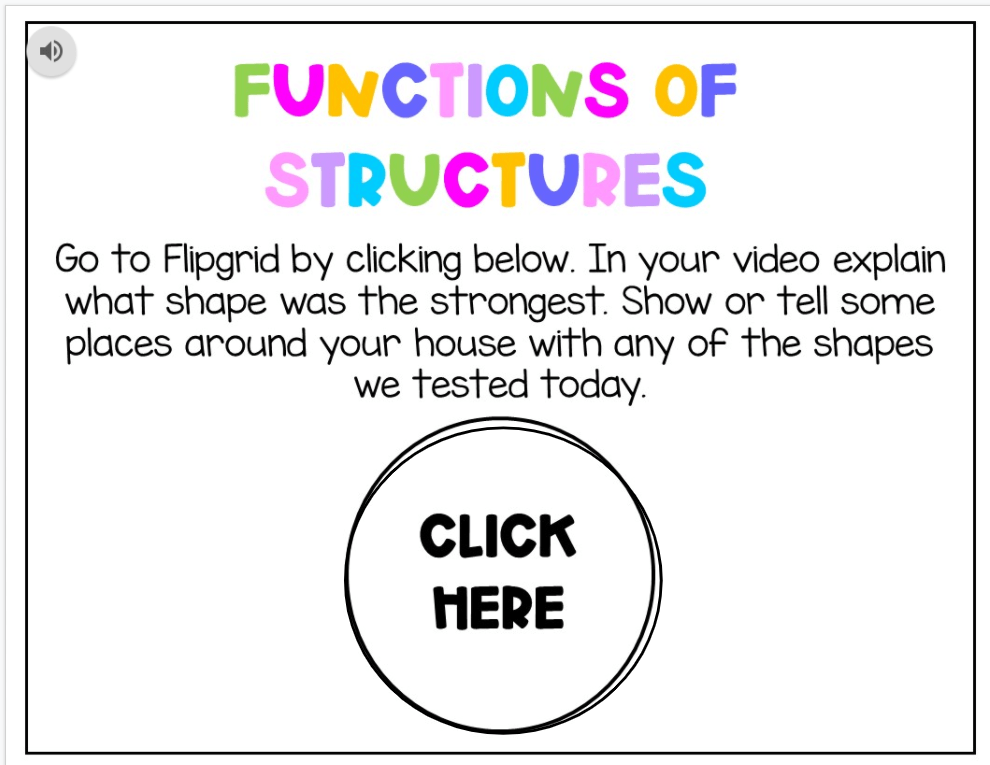
Lesson 1.4 Functions of Structures
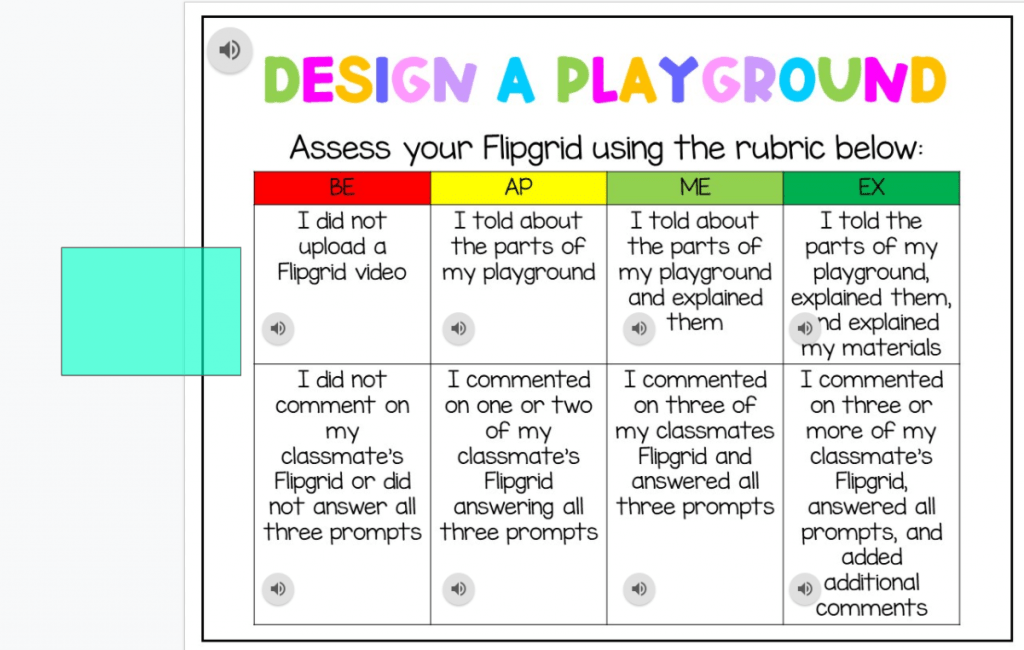
Lesson 1.6 Design a Playground

Lesson 1.8 Design a Structure
This first encounter with Flipgrid is a low stakes, no assessment attached practice. During this assignments students were completing an experiment where they were testing the strength of shapes. Then they are going around their house to find any of the shapes we tested that day. There is an example for students to watch, but the only skill they need today is “point and record”
The second encounter with Flipgrid is a moderated topic. Students are again just “point and record” while they explain the playground they designed. This time they have to comment on their classmates using a structured 3 part comment. This is a formative assessment with a self assessment component.
The third encounter with Flipgrid includes a screen recording component. This topic is unmoderated and students are able to freely view and comment on each others structures. Check out the video below for a full walkthrough of this module (it is long- watch at an increased speed to reduce this time). I review this assignment in more detail under “Minecraft Edu” in this post.
Once Bart and I discussed our Flipgrid goals, I structured a lesson focusing on privacy, netiquette, and features of Flipgrid. Bart prepared three Flipgrid assignments for his students: solve a math problem, social unit project update with a text comment response, and a future Flipgrid uses with a video comment. We kept all these topics as moderated, as the students were not consistent in their practice of netiquette. We spent an entire afternoon completing this process with his students. There was a variety of levels of engagement, but Bart really engaged them in critical thinking about the uses of Flipgrid by reflecting on the positives and negatives of each format and context we tested.
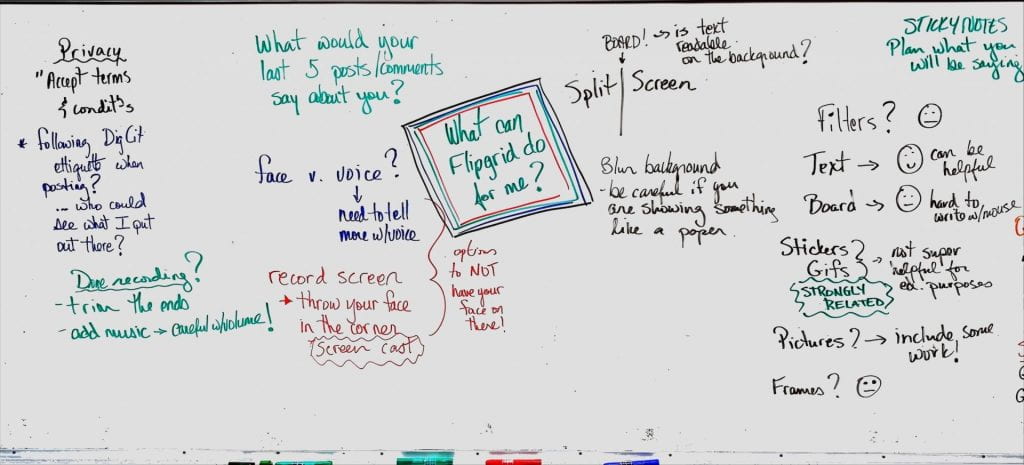
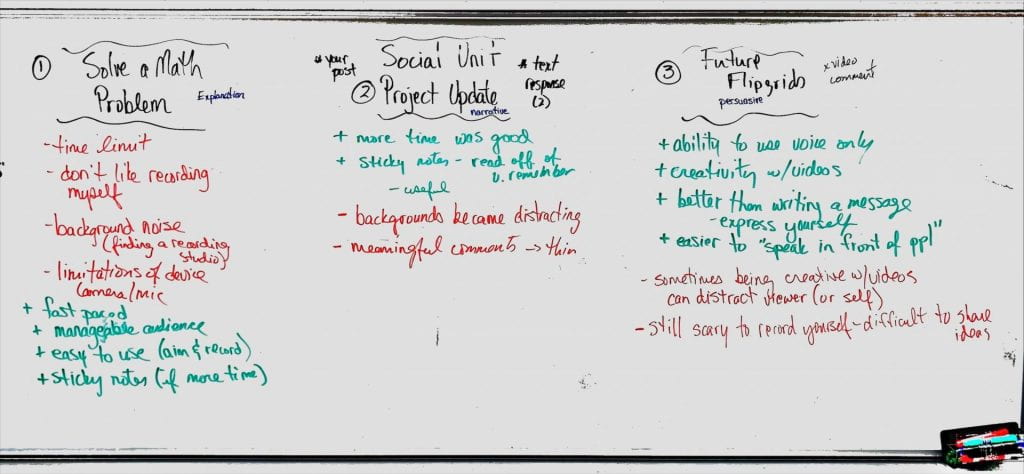
I was impressed with students responses, and they were critical about what they enjoyed using Flipgrid responses for. The biggest barrier they identified was the background noise, and needing a quiet space to record. They also reflected that while they could be more creative with their videos, sometimes those creative features were distracting for the viewer. Essentially they came up with the result we wanted to hear- to carefully curate how you use these features to impact the viewer. I would say the group struggled the most on responsible commenting. This would be good to practice again before completing an assignment with unmoderated comments.
I have to thank Bart again for letting me join his class for this project. It was good to do some coteaching and get into a classroom again. Thank you, Bart!
TikTok
I began my journey with TikTok by downloading it. My initial fears were the amount of time that I would spend on the app, distracted from my daily tasks. Truthfully it has simply replaced some time that I spent mindlessly scrolling Instagram. My algorithms on TikTok and Instagram are still very different. My TikTok started me out on some wildly inaccurate verticals, so I did have to spend some time watching, re-watching, and interacting with videos (at least that’s how I’m justifying my time spent scrolling). How I wanted to use TikTok was for educational videos, but I seem to prefer the platform for quick videos about my dog, Mia. My TikToks that have educational content have between 18-333 views, whereas Mia has between 848-1490 views.
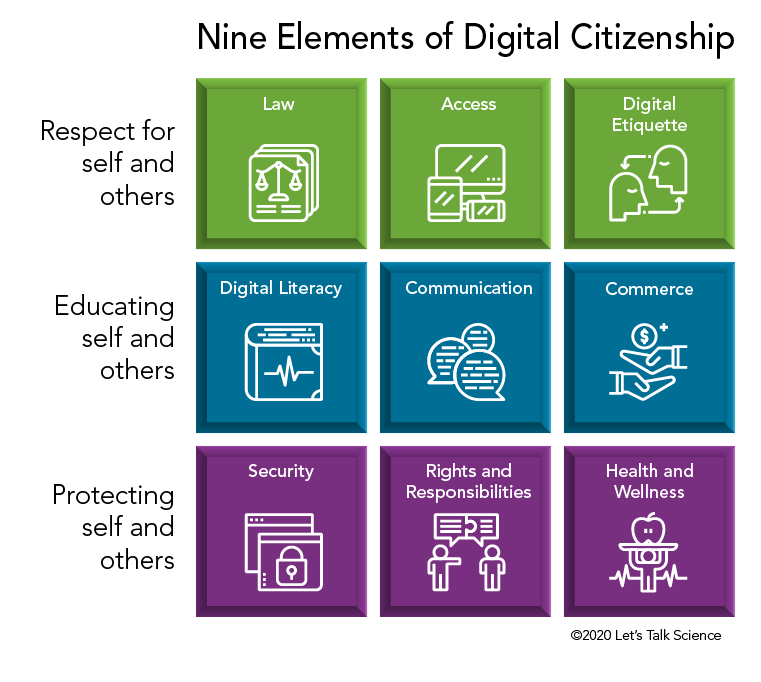
As with Flipgird, I looked at TikTok using Dr. Mike Ribble’s 9 Elements of Digital Citizenship. What stood out to me were elements 3, 4, 5, and 9. Read more about my reflection on Digital Citizenship and TikTok here.
Throughout my increased usage of TikTok, I changed my ideas about future educational use. I reflected on how I want to build my TikTok as a curated version of my personal life that can showcase my humor. This feels like the most natural progression for my continued use of the platform. Using TikTok as a connection building tool even in classrooms I’m lucky enough to guest teach in has been very successful. Mia is always the star in these videos, and throughout the remaining time students always ask more information about Mia and tell me about their own pets. It has been a great way to build a quick connection with students.
Check out my last (for this course) TikTok below, which serves as my EC&I 832 Summary of Learning:
Canvas
I hadn’t considered test out a new LMS until three weeks ago! I was creating Guided Reading Professional Development for my division. I was reflecting on how I could create something open source for easy access even beyond our division as part of my digital portfolio, and remembered classmates sharing Canvas Instructure in EC&I 834. It took me about 15 hours to create this Guided Reading Module. Check out the student view course walkthrough below:
As someone who loves to create aesthetically pleasing content (but please don’t call it cutesy), there were some limitations on Canvas. I was limited by text size, colour, and heading choices. However, embedding images, Slides, and Forms was seamless.
I challenged myself to do some coding on Canvas to find a workaround to embed a Word Cloud on Canvas. I was not successful and instead hyperlinked a Padlet. I spent about an hour attempting to get my code to work, but when ran the code produced an error message. I used this as an example with some coding students, shared that code isn’t always successful, and shared this TikTok with them about the problem solving needed for coding.
A huge benefit of Canvas rather than Google Classroom (my usual LMS), is that you are able to lock pages and assignments with conditional formatting. For this PD module I wanted to ensure that participants were completing pages as they proceed through the course, so this feature is probably my favorite!
I am currently working on a Writer’s Workshop PD using Canvas, and have been asked to create a PD series for my division. I think Canvas works well for an adult context. I wouldn’t use this with elementary or middle years students, as I still prefer the ease of Google Classroom for this context.
I’d love some additional feedback on the Guided Reading Module before it goes live to our division. Let me know in the comments!
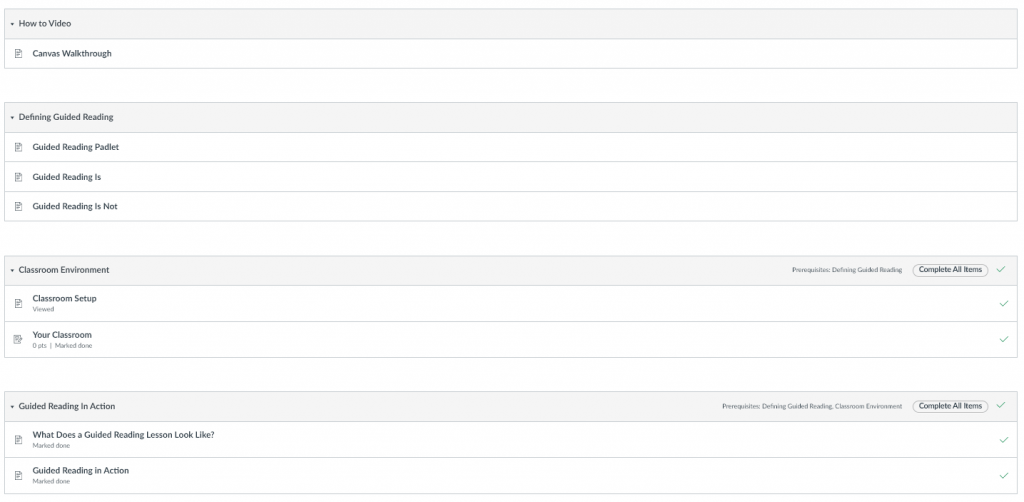
Minecraft Edu
I am late to the hype of Minecraft, I hesitated to use Minecraft Edu previously because I assumed that it was a case of “using technology for technology sake” rather than having actual educational benefits. I attended two Minecraft PD events through Logics Academy, and I was instantly hooked. Bonus points to Minecraft for making me look “cool” in the eyes of my nephews (apparently gaming with them and bribing them with Nintendo Switch gift cards wasn’t cutting it anymore). Logics Academy has hundreds of lessons connected to Saskatchewan curriculum, model worlds, and offers technical support. The following information is going to come across like a promo, I promise it isn’t, but they should sponsor me- I loved it that much! Seriously, go check it out.
I created a Structures and Materials assessment using Minecraft for my EC&I 834 course. Check out my exemplar below and the accompanying lessons here.
Due to the block style of Minecraft I wasn’t able to include accessibility in the structures I was creating and instead had to address accessibility features using chalkboards and explanations. As you can see in the screen image above, I also didn’t master adding water. I’ll have to do more problem solving if I want to create an underwater world in the future. I also spent over 50 hours creating these lessons on Minecraft, so I put in a lot of time upfront. I do not think every teacher needs to do this. I think there is value in learning together with students, and the created lessons have walkthrough videos which means you don’t need to know how to use the program as an educator.
On the technical side of Minecraft I do see some potential issues that may arise. Most schools in our division have students using Chromebooks, and Minecraft worlds need to be hosted either from a saved PC file, or by having a student save the collaborative world on a flash drive. I also contacted our IT support and asked them what some potential barriers to using Minecraft might be with our network. This was their response:
Minecraft Education Edition is available for all Windows computers in PSS via the Microsoft Store – Start, Microsoft Store. For Chromebooks there is more involved:
Minecraft Education for Chromebooks (CB) in a Google Play Store (GPS) app, which we do allow however, access to Play Store is a user permission. Given GPS will install on any CB a user signs into, we do not have this turned on unless a school has requested for a grade/school.
Once the user can use the Play Store, it automatically installs the next time they sign into a CB and approved apps can be installed by the user.
For many teachers I am sure that this would be an inconvenience that would stop them from implementing Minecraft. There is a learning curve to Minecraft, but being a gamer meant I already had most of the skills needed. If I were a teacher I would want to ensure I wasn’t using Minecraft for a stand alone lesson to justify the time spent upfront learning how to navigate Minecraft. This would require some long range planning, but the lessons that Logics Academy provides are clear and easy to follow and include assessments, which saves time throughout the school year. The next lesson I want to test out is CyberSafe- Home Sweet Hmm. If you are in Prairie South School Division and you’d like me to come introduce some Minecraft activities please contact me.
I loved Minecraft so much that I even used it for my EC&I 834 Summary of Learning!
I’ll admit I was less excited about this using it for this format. I had grand plans of adding in custom images using maps, but this feature is not compatible with Minecraft Education Edition. I originally created a structure using boards to house my EC&I 834 and completed a walk through video that was subpar. The next day I decided to restart my project to create something more engaging for the user. I used a world template (Museum) and added in my displays throughout. This ended up being a much more visually appealing and engaging walkthrough.
In the future I’d continue using world templates instead of creating from scratch so that I could focus on the content, not building the world. Thankfully there are many to import directly from the Minecraft app and from Logics Academy! I look forward to using this in the future, but I am still reluctant since the game is now 11 years old there may soon be an interest/engagement drop off for students.
Thank you everyone for the wonderful semester full of learning!
Happy Teaching,
Leah
